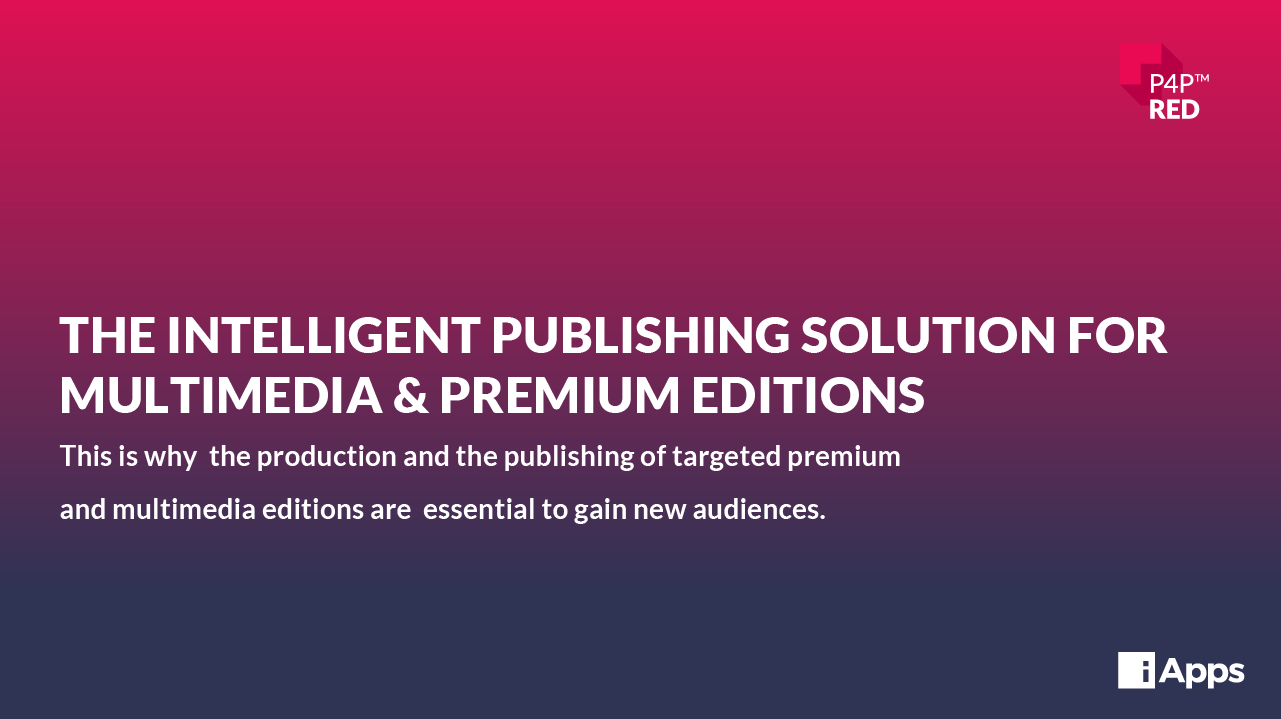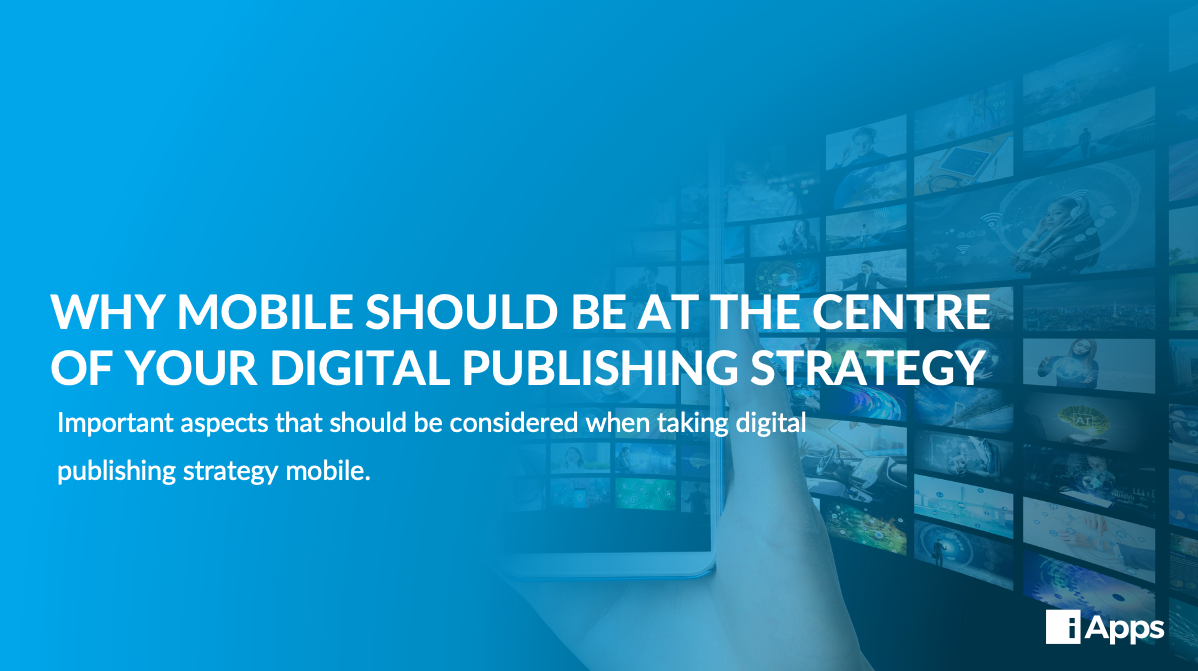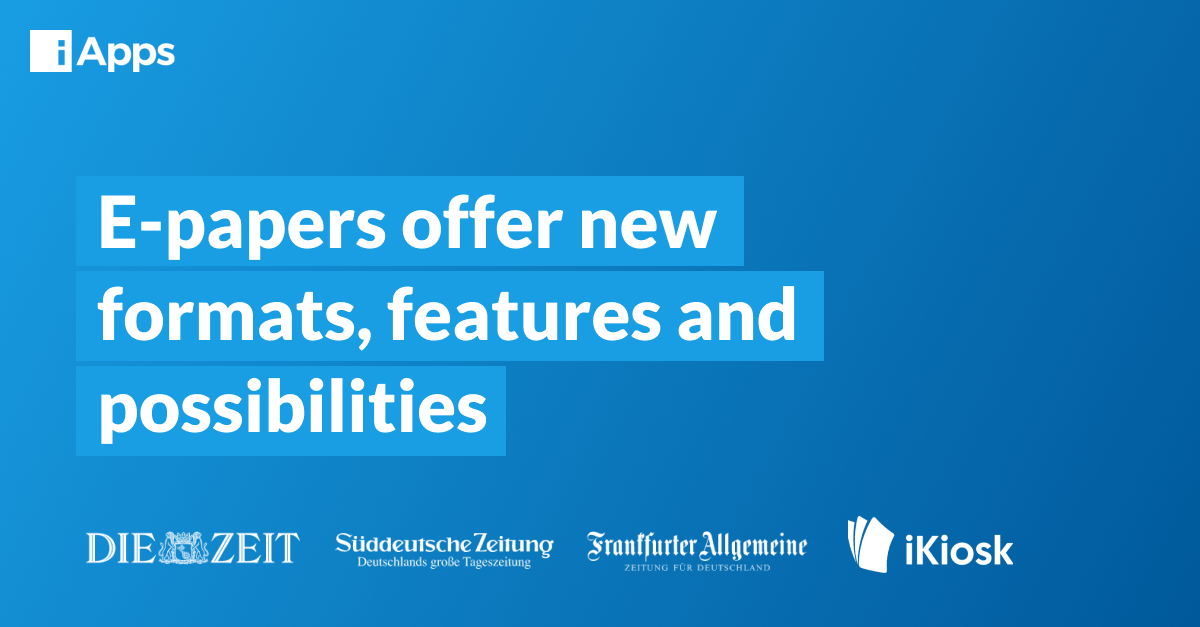I have always been fascinated by the seemingly endless possibilities of Artificial Intelligence and what this could mean for the publishing industry. We have seen some exciting developments in the past few months that I would like to share with you in this post.
Before we start: There is an ongoing discussion about the definition of Artificial Intelligence. We refer to AI as
“processes that automate tasks through computers or machines (..) that up until today would have required the deployment of human (semi)skilled workers”.
In 2019, an in-depth study about The future impact of artificial intelligence on the publishing industry was presented. This was crucial research for the industry, and we should have a quick look at the key findings before moving on to more recent developments.
1) “Artificial Intelligence is not going to replace writers, but it is able to strengthen core-business.”
The authors of the study conclude that today’s technology can “mimic tone and craft plausible prose” but that “the narrative arc and a best-seller’s make-up have yet to be reduced to an algorithm.” In other words: “Creative minds won’t be replaced”, but they will be able to work more efficiently and focus, for example, on comprehensive analyses while the technology takes over data research. The study also shows that the core areas for AI are: marketing, analytics, production and administration.
Examples: digitising analogue resources, automating reports and payments, customer service and chatbots, personalising recommendations, moderating comments section.
2) “Investing in Artificial Intelligence doesn’t mean fewer jobs for humans.”
Technological developments have always been accompanied by the fear these developments will take away jobs from humans. What was true for the Industrial Revolution is still true today, and we don’t want to belittle these concerns. It means, however, that we must look at the facts. The research shows that businesses currently implementing AI (big and small publishing houses) “have witnessed positive effects on readership statistics and sales, but also better job stability for journalists and writers.”
Example: The Washington Post uses an AI tool called Heliograf to generate articles from data-heavy, fact-based sources automatically (e.g. sports results). It enables the Post to publish an average of 850 additional stories per year and significantly increase website traffic.

3) “Minimal investments can still bring in monetary benefits”
The study addresses the common notion that AI is very expensive to implement. A high percentage of the survey participants believe that investing large amounts in an AI strategy is too risky without a guaranteed return.

However, the authors of the study emphasise that “those who have invested in artificial intelligence are happy with their experience and will continue to invest on all levels”. They also suggest that even minimal investments can lead to monetary benefits and we can clearly see an increase in ready-to-use AI modules that we can access through providers such as Google or Amazon.

The perception that AI requires large investments is also in line with another survey conducted by Frontier Economics for the Publishers Association. It shows that large publishers expect AI to have a much greater impact on the competitive landscape than SME publishers.
What’s new in 2021?
We can see that Artificial Intelligence is finding its place in the publishing industry, and it’s more about “how” and not “if” we are going to see more of AI. The following examples highlight the potential but also the challenges the industry faces.
DER SPIEGEL: Automatically generated analyses
For this year’s state elections in Baden-Württemberg and Rhineland-Palatinate, DER SPIEGEL used an automated process to write reports for each of the 122 constituencies. A text generation software was manually trained with prepared sentence modules. Based on the preliminary election results, the software automatically assembled the sentences. As a result, residents could read what was happening in their constituency and get insights that a national newspaper like DER SPIEGEL would otherwise not have been able to provide.
These are exciting developments, and I see real added value for readers. However, I find it interesting that the newspaper emphasises in its background report that this is not artificial intelligence but a rule-based, automated process. They also emphasise that it is not about outsourcing journalistic work to computers but instead creating an additional offer.
I believe this cautious explanation reflects the general scepticism that readers (and maybe even some journalists) have when thinking of AI in the publishing industry. It will take time and effort to get everyone on board.
FAZ: Paywall
Subscriptions are a crucial business area for newspapers. While in some cases, it’s obvious which articles should be behind a paywall, in other cases, it can take some trial and error to see what the subscribers are willing to pay for. F.A.Z., in cooperation with the Google News Initiative, is currently testing an AI- and ML-driven tool that predicts which articles will work best behind the paywall. The success of converting readers into paying subscribers, of course, depends on numerous factors such as the subscription model, the clientele, how AI is used, etc. Still, it is another example that shows how AI can strengthen a crucial business area.
The AIJO Project
Newspapers have a lot of power shaping the readers world view and with this power comes a responsibility. That’s why an international team of journalists explored the question how AI can be used to mitigate newsroom biases and help create a more inclusive journalism.
The team conducted two experiments, analyzing the binary gender representation in news publications with AI tools. The process involved face detection, gender classification, filtering, and human review. The actual results of the experiment are not a surprise: men are significantly more represented in the media than women (approx. 75% vs. 25%). However, I believe the project emphasizes how AI can support journalists and publishers in their work. If AI tools are trained with the right data sets, they can show if publications with a broad audience are representing all parts of the population, and raise a red flag if a specific group or point of view is under-represented. On top of the “moral mirror”, it also gives publishers hard facts to determine how likely they are to find new subscribers beyond their established base.
Website: The AIJO Project

Il Sole 24
The Italian newspaper Il Sole 24 offers a daily podcast called “Le Borse oggi” (“The stock exchange today”). The podcast is 3 minutes long and gives updates about the international financial markets in terms of value and trends. What’s unique about this podcast is that everything, from content production to voice synthesis, is completely automated. The podcast is one of the projects developed as part of an internal working group on Artificial Intelligence launched with Google News Initiatives.

iApps: p4p AUDIO – Text-to-Speech
At iApps, we’ve also been looking at AI for some time and how we can use these new technological developments to expand our offerings. We see that more and more people like to listen to articles on their way to work, while doing sports or to relax. Using language synthesis deep-learning technology, the text-to-speech function of our p4p™ AUDIO converts text into natural-sounding audio. Customers can choose between 100 natural and human-sounding voices to create the best experience for their readers.

What do you think about AI in the publishing industry? I am curious to see what’s coming next.
Please, do not hesitate to contact me, I am glad to discuss further.
Thank you.
Sources
https://www.buchmesse.de/files/media/pdf/White_Paper_AI_Publishing_Gould_Finch_2019_EN.pdf




